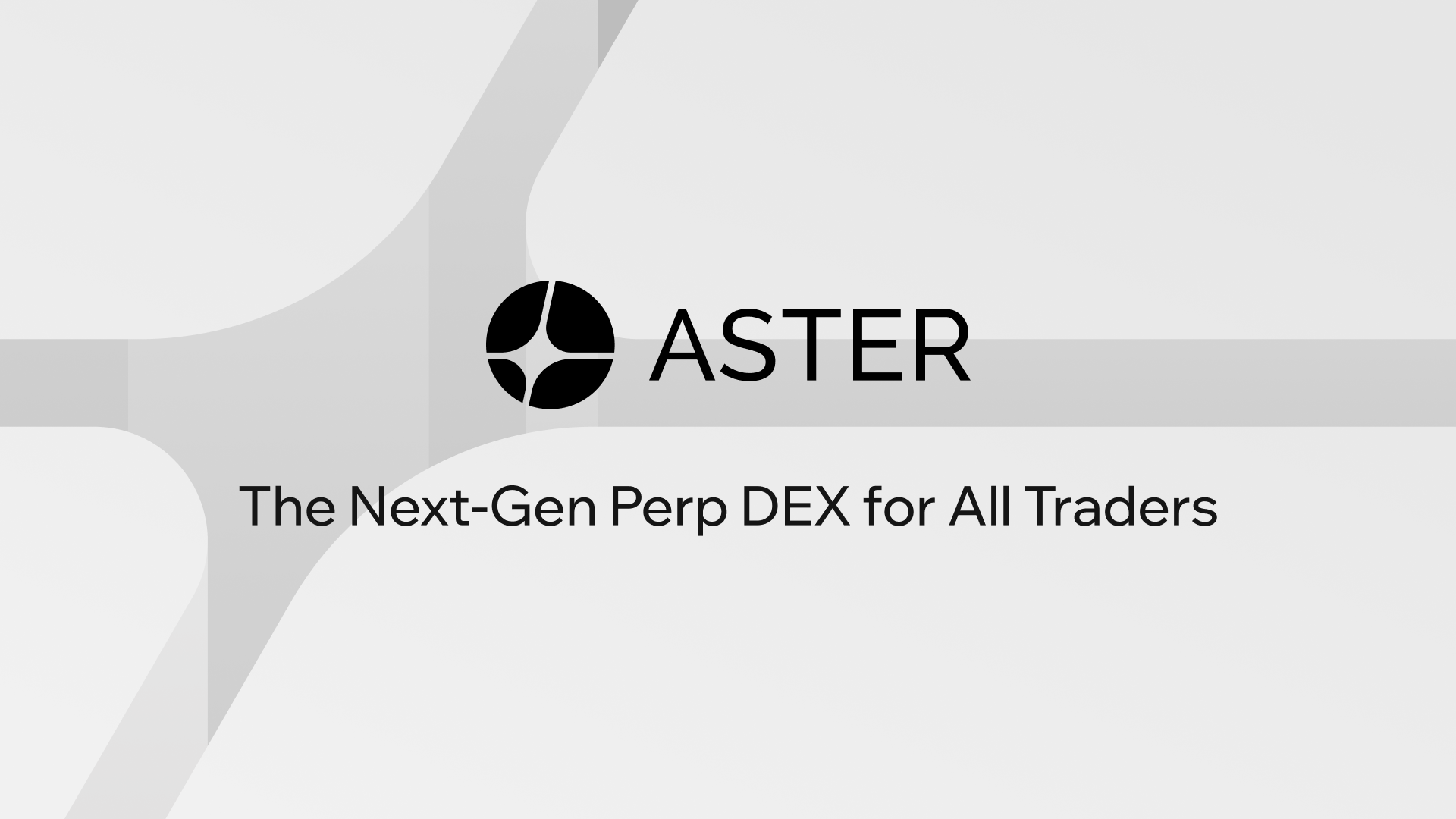Why staking rewards, token swaps, and low-fee DEXs on Polkadot actually change the game
Whoa! I know that sounds like crypto marketing but stick with me. Polkadot’s parachain model gives DEXs a real shot at combining speed with composability, and that matters if you care about staking rewards and efficient token swaps. Initially I thought all DEXs were just re-skins of the same AMM idea, but then I dug into how validators, nominators, and cross-chain messaging interact—and things looked different. My instinct said there’s a layer of nuance most traders miss, and yeah, somethin’ in the mechanics really changes expected returns.
Here’s the thing. Low fees alone don’t guarantee better outcomes for LPs or stakers; it’s about fee distribution, MEV exposure, and how rewards compound over time. On one hand, a DEX with tiny taker fees can attract volume fast. On the other hand, if that fee revenue doesn’t flow to stakers or liquidity providers proportionally, the APY you see will be misleading. Actually, wait—let me rephrase that: you need to look at tokenomics, emission schedules, and the protocol’s incentive routing together, not separately.
Seriously? Yes. Think of staking rewards on Polkadot not just as passive yield but as a risk-adjusted claim on the network’s security and future fees. Validators earn DOT (or the parachain token) for producing blocks, and nominators share in that, though penalties and slashing add real downside risk. For a DEX built on a Polkadot parachain, staking can be layered: you can stake native tokens, provide LP, and sometimes receive boosted rewards for doing both. This stacking effect seems small at first. But compounded over months it becomes meaningful—very very meaningful for yield hunters.
Okay, so what’s the difference between staking and LPing here? Staking secures the network and offers relatively predictable rewards, though your funds may be locked for epochs. LPing on a DEX earns fees from swaps but introduces impermanent loss and exposure to token price moves. On Polkadot DEXs, though, there are hybrid incentives: boost multipliers for stakers who also supply liquidity, and temporary rewards to bootstrap new pools. My take: if you’re risk-tolerant and can manage positions actively, combining strategies can outperform pure staking—but it’s not free money.
Hmm… there’s also the UX layer, which is often underrated. If swapping tokens costs a fraction of an ETH gas bill, traders are more likely to route volume through a Polkadot DEX rather than cross-chain bridging into Ethereum. That matters because more volume means more fees to share, and larger fee pools reduce slippage for big trades. So yes, a low-fee environment can create virtuous cycles, though it depends on liquidity depth and aggregator routing.

How token swaps actually work on a Polkadot DEX
Short version: same building blocks but different plumbing. Most DEXs use AMMs or order-book hybrids. Polkadot parachains can implement either, and they can also do cross-parachain routing natively with XCMP. That reduces the need for third-party bridges and lowers the attack surface for wrapped assets. On the technology side that matters; on the trader side you just want cheaper swaps and less slippage.
One practical thing I noticed when testing was that cross-chain messaging cuts down routing hops, which reduces cumulative fees and failure points. On the flip side, liquidity fragmentation across parachains can be a problem if a DEX doesn’t incentivize consolidation. So product design matters: reward programs, staking multipliers, and flexible pool weights can all steer liquidity toward the pools traders actually use. I’m biased toward composable ecosystems because I’ve seen them bootstrap faster, though I won’t say it’s guaranteed.
Check this out—I’ve been experimenting with Aster’s implementation and the flow feels intentionally simple for traders while rewarding longer-term stakers. The UI nudges you to stake or provide LP, and the reward dashboard shows both immediate swap fees and pending staking yield. For more on their approach and a direct look at their docs, see the aster dex official site. This was helpful when I wanted to model expected returns for a 3-month horizon.
On risk: impermanent loss gets tossed around like a meme, but it real. If a token pair diverges widely, LP returns can turn negative despite high fee APYs. That’s why some Polkadot DEXs offer temporary impermanent loss protection or asymmetrical incentives to encourage stablecoin or DOT-centric pools. Personally, that protection feature is one of the things that decides whether I commit capital for weeks versus days.
Something felt off about reward schedules in several projects: they front-load emissions heavily, then taper, leaving late entrants with underwhelming yields. My analytical side flags that as a sustainability problem. If you’re comparing APYs, read the fine print about token emissions, vesting, and governance schedules—those can turn a shiny 200% APR into 15% after adjustments. On one hand, high early rewards attract liquidity; on the other, they risk token price dilution later.
Let’s talk slippage and MEV. Polkadot’s architecture reduces gas friction but doesn’t magically eliminate front-running or sandwich attacks. MEV exists wherever order execution and price changes happen on-chain. Some parachain DEXs mitigate this by implementing batch auctions, protected swap routing, or private order submission. If you care about executing large swaps without getting eaten by bots, look for DEXs that address MEV in their core design rather than as an afterthought.
Working through trade-offs, here’s how I personally prioritize when choosing a Polkadot DEX: security first, then liquidity depth, then incentives structure, then UX. That order might be conservative, but it saved me from a handful of ugly trades. I’m not 100% sure that’s optimal for every trader—scalpers might prefer low latency and tiny fees above all—but for DeFi traders seeking sustainable yield, this mix makes sense.
Oh, and by the way… governance matters. Is token distribution decentralized? Can the DAO change fees or rebalance rewards overnight? Protocol-level risk—unexpected parameter changes—can wipe anticipated returns. So, read governance docs, check timelocks, and watch where tokens are concentrated. It’s tedious, yeah, but it’s also the kind of homework that pays off.
FAQ — quick things traders ask
How do staking rewards compare to LP rewards on Polkadot DEXs?
Staking is typically steadier and depends on network inflation and validator performance; LP rewards vary with trading volume and are exposed to impermanent loss. Hybrid incentives that combine both can boost returns but add complexity.
Are low fees always better for liquidity providers?
Not necessarily. Low fees attract traders and volume, but LPs earn a smaller slice per trade. The balance matters: high volume with low fees can still yield more than low volume with high fees. Also consider reward tokens and emission schedules.
How can I reduce slippage and MEV when swapping?
Use DEXs with deep liquidity, consider splitting large trades into slices, use limit orders when available, and prefer platforms that implement MEV protections like batch auctions or private routing. Monitor on-chain mempool behavior if you’re doing frequent large trades.
Is it safe to stake on a parachain DEX?
Staking mechanics are as safe as the parachain’s validator set and codebase. Risks include slashing, smart contract bugs, and governance changes. Diversify and do research; don’t stake more than you can afford to lock up for governance cycles.
Alright—closing thought, and I’ll be brief. The interplay between staking rewards, token swaps, and protocol design on Polkadot makes this space one of the more interesting yield arenas right now. There’s real potential for compounded returns if you understand emissions, LP dynamics, and protocol risk. That said, it’s complex, and some projects will underdeliver; so learn the mechanics, watch governance, and don’t assume high APRs equal net profit. I’m excited, a little skeptical, and definitely watching closely.

